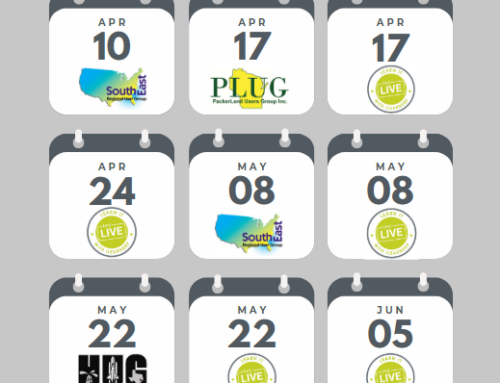 In 2020, we saw a drastic shift from onsite training to virtual training or eLearning. As time continued on and organizations and communities tried to get back to “normal,” we noticed an increase in requests in 2022 for onsite training, and as the year has continued we also continued on to deliver on these requests with more and more onsite instructor led training. With this shift, we thought we would highlight how Covid has changed the approach to instructor led training and the variables that go into onsite training post-Covid.
In 2020, we saw a drastic shift from onsite training to virtual training or eLearning. As time continued on and organizations and communities tried to get back to “normal,” we noticed an increase in requests in 2022 for onsite training, and as the year has continued we also continued on to deliver on these requests with more and more onsite instructor led training. With this shift, we thought we would highlight how Covid has changed the approach to instructor led training and the variables that go into onsite training post-Covid.
Comfort Level
Not everyone is back full-time in the office and the hybrid work environment with folks still working from home, working part-time from home or working fully onsite continues. With the new hybrid workforce, not everyone is used to being back onsite and gathering for in person training events and thus different learners may feel different levels of comfort with onsite training sessions. If traveling is involved, learners may continue to run into snafus with ability to be present from delayed or canceled flights, exposures or childcare concerns. To help increase the level of comfort and ensure that no one misses out, supplemental materials available virtually for courses in the form of job aids, eLearning click-through courses, quizzes, and videos should also not only reinforce the onsite classroom training experience but assist with any learners who are not able to attend or only partially attend.
The working lives of learners have shifted and we have also found the same kinds of shifts are also present with trainers and subject matter experts. They, too, might not be ready to return to an onsite environment, so its important to assess the needs of facilitators well during planning to ensure that travel and on-site delivery and participation is well supported during training.
Covid-Compliance
Another way that onsite training has shifted is that training modifications must be made in order to be Covid-compliant for different locations and audiences. This includes knowing any company regulations related to Covid, such as proof of vaccination, and whether masks or testing is required for learners or facilitators. If there are compliance issues that need to be addressed, this should fold into the pre-communication plan and announcements for training. In addition to compliance, it’s also vital to prepare to provide a safe environment with antibacterial wipes, hand sanitizer, and physical distancing if able.
Contingency
Last, if there’s anything we have all learned from the pandemic it’s that we have to be prepared to pivot and go virtual from in-person events. The development of supplemental and virtual materials alongside onsite training at the outset helps to alleviate some of the fear related to having to cancel on-site training. In addition, it’s helpful to have a well developed contingency plan as to how the training will be delivered should you need to go virtual. For instance, do you have a webinar platform you could use to host training or an LMS to host eLearning materials? Do learners already have access to an eLearning platform or will they need to be onboarded? Seeking out the answers to these questions and more will help you to act quickly on going fully virtual should the need arise.
And as always, we’re here to help with all of your training needs, whether they be virtual, onsite or a blend of both! Contact us today.




